I'm interested into know what semiconductor manufacturing process use the most common PIC and AVR microcontrollers, in particular 8 bit microcontrollers.
Obviously they are not at the same level of modern CPUs and GPUs (~20 nm), what is the gap between these two "categories"? Are microcontrollers still in the order of micron?
Is the microcontrollers frequency limit (tens of MHz) only due to the worst manufacturing process or are they other factors that affect their maximum operating frequency?
Is just the extremely high cost of better manufacturing process that prevents its use in cheap microcontrollers? Or are there other reasons?
